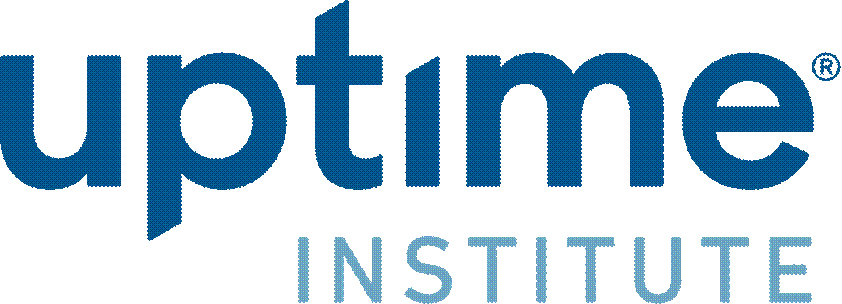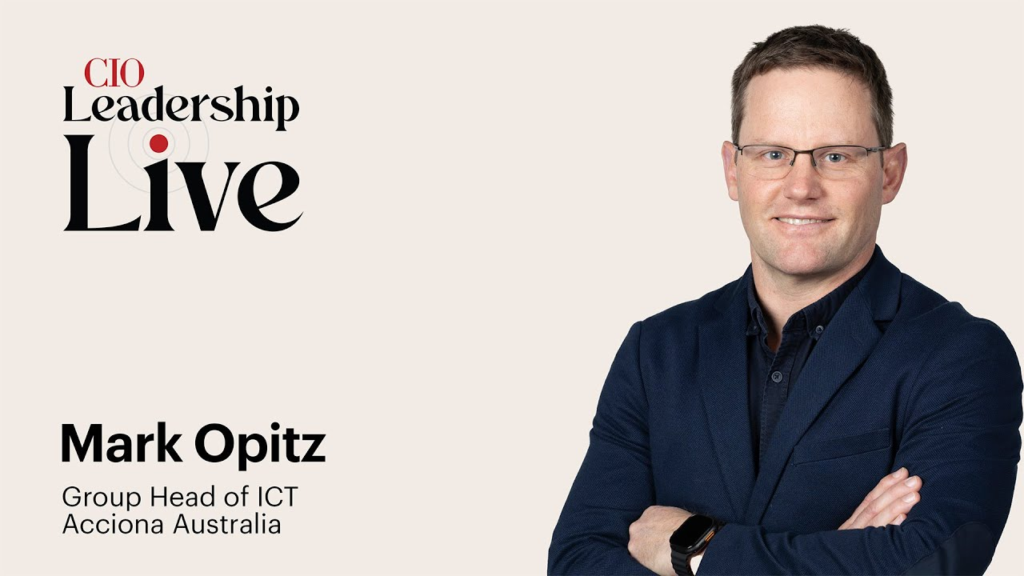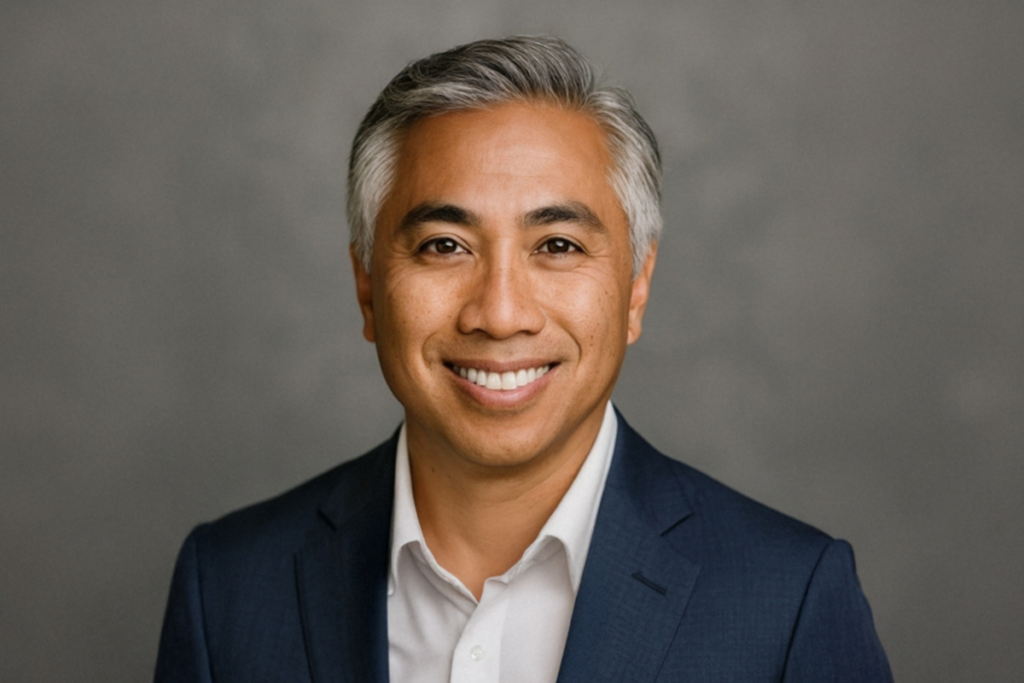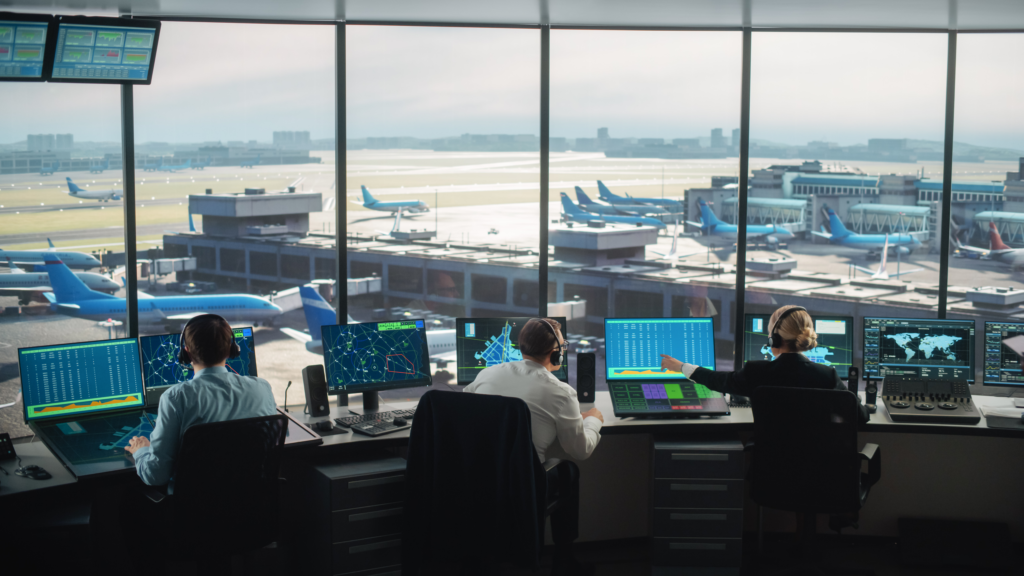There is a vast difference between a great CISO and a transformational one. The world’s best security leaders aren’t just managing risk. They’re redefining how security fuels innovation, drives trust, and accelerates business. These leaders are not defenders of the status quo, they’re architects of safe velocity. I’ve come to believe that supreme security leadership rests not on frameworks and tools, but on a mindset. A mindset established from curiosity, intention, and resilience. The following principles have not only guided my CISO journey but are key drivers in redefining modern security leadership. Think like an outlier Mainstream thinking is optimized for average outcomes, unless you’re in a game of Family Feud. Security’s goal is to find the least expected answers. Technology gives us clear visibility across most of our attack surface. The challenge is not seeing what we already know, it’s identifying what we’re missing. Where does visibility end? What are attackers modeling that we aren’t? The outlier mindset challenges assumptions across the industry, your team, and even your own thinking. Brakes are for speed Why do brakes exist? The obvious answer is to help slow and stop, but we’re searching for the least expected answer. The real benefit is that brakes enable faster movement. Formula 1 cars, for example, don’t win with the fastest engine. Drivers win by braking hard into corners and accelerating out with control. Similarly, well-designed security doesn’t slow innovation, it enables bold, confident maneuvers. Security isn’t about slowing the business down by braking, it’s about creating the trust infrastructure that lets it accelerate to top speeds. Our job is to design systems where risk is managed atvelocity, not avoided altogether. The weakest link is at the seams Most security leaders talk about the weakest link, but it’s not usually a system or person. It’s a connection point, a seam, where systems, tools, vendors, or teams intersect. That’s where visibility fades and responsibilities blur. While internal threat modeling is valuable, it can often miss what familiarity obscures. The real challenge is uncovering hidden risks born from integration gaps and routine handoffs. That’s where there’s value in a partner like Trace3: An outside perspective that asks questions we’ve grown too close to see. The goal isn’t to audit risk, but to locate seams. Just like how most robberies happen during cash transit rather than inside the vault, digital threats often exploit what moves between systems. That’s why we harden those transitions, isolate networks, protect data in motion, and closely inspect AI data flows. Resilience begins at the seams. Build a culture that invites every voice Security must be inclusive, as it affects every function of an organization. That means structuring conversations in ways that allow non-technical stakeholders to contribute meaningfully. It’s not about simply translating but creating a shared language and framing risk in business context. If a CFO can’t weigh in on a security risk that impacts financial controls, that’s a design failure – ours. Design for chaos Traditional security models focus on known threats. The next generation of CISOs must assume the unknown and plan for failure by adopting a “design for chaos” mindset. Resilience is not just about better controls, but engineering for disorder. What happens if your anomaly detection systems are compromised through data poisoning? Could your platform continue operating securely if a core service fails or is manipulated? Chaos engineering allows us to test these scenarios in controlled environments. It reveals the unexpected contours of our attack surface to show us how systems respond under stress. Hire challengers How do you distinguish between many technically excellent candidates, beyond likability? This favorite interview question flips the dynamic: “You’re interviewing me for this role… what would you want to know?” This simple shift reveals a candidate’s intellectual curiosity, strategic depth, and thought process beyond the role and into the business. It surfaces who’s just following a script and who’s truly engaged in the mission. Supreme teams are made up of individuals who challenge assumptions and speak truth to power. The most effective team members are not just skilled executors, they enhance strategy, ask tough questions, and elevate the conversation. Exceptional leaders surround themselves with thinkers who sharpen perspectives rather than echo consensus. Know what keeps your boss up at night CISOs are often asked, “What keeps you up at night?” A better question is, “What keeps your CEO up at night?” Transformative CISOs are skilled at translating business priorities into actionable security strategies. This isn’t about keeping your boss happy. It’s about focusing your time, influence, and resources on the risks that matter most to the business, especially the ones you can control. This mindset applies across the org. Every role has a unique perspective and impact area. The closer you’re aligned to what matters to leadership, the more valuable and resilient your security program becomes. The best CISOs don’t just manage security. They translate a CEO’s top concerns into focused, effective security actions. They look from the inside out and from the outside in. If your security program doesn’t actively support the company’s growth, reputation, and resilience, it’s not a strategic asset – It’s just overhead. Be business friendly Arguably the most important principle in transformative security leadership. The early wins in security that create momentum and establish a foundation are important, but they are not the destination. The real work begins when security is asked to support complex change. That’s when security leadership must evolve from operational execution to strategic enablement. It’s about designing frictionless controls that support transformation, M&A, accelerate customer growth, and scale securely into new markets. It’s also when complexity grows and risk follows. Business-friendly security leaders deliver controls that reduce risk without slowing down innovation. They create environments where speed, agility, and protection coexist. They ensure that trust is not a constraint, but a catalyst. The future belongs to outliers The next generation of security leaders will not be defined by how well they protect, but by how effectively they unlock possibility. Those that lead at












